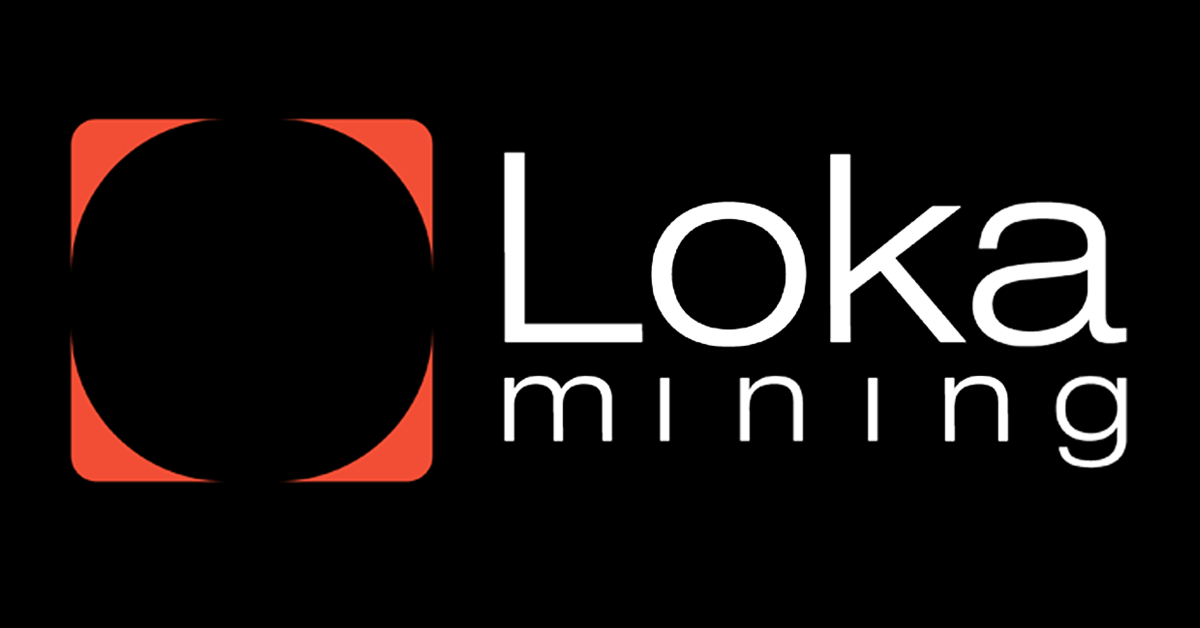Blockchain Interoperability: Bridging Bitcoin with Other Networks

Blockchain technology has revolutionized the digital world by introducing decentralization, transparency, and security. However, most blockchains operate in isolation, creating silos that hinder the seamless transfer of assets and data across networks. Blockchain interoperability is a concept that aims to bridge these gaps, enabling various blockchains to interact and share information efficiently. For Bitcoin, the most prominent cryptocurrency, interoperability opens new possibilities by connecting it to other blockchain ecosystems, such as Ethereum and Polkadot. This article explores the importance, mechanisms, and challenges of blockchain interoperability, particularly focusing on Bitcoin’s role in this landscape.
Why Blockchain Interoperability Matters
The lack of interoperability among blockchains limits the technology’s full potential. Each blockchain operates with its unique set of protocols, consensus mechanisms, and token standards. This fragmentation creates inefficiencies, such as:
- Limited Asset Utilization: Bitcoin, for example, is primarily used as a store of value and medium of exchange. Without interoperability, its utility in decentralized finance (DeFi) or other blockchain applications remains constrained.
- Inefficient Resource Allocation: Developers and users are often forced to choose one blockchain ecosystem, leading to redundant efforts and underutilized resources.
- Fragmented Ecosystems: The inability to transfer assets or data seamlessly between blockchains discourages innovation and widespread adoption.
Interoperability addresses these challenges by enabling blockchain networks to communicate, share data, and exchange assets, paving the way for a more connected and efficient blockchain ecosystem.
Mechanisms Enabling Blockchain Interoperability
Several technological solutions have been developed to achieve blockchain interoperability, each with its unique approach and trade-offs. Below are some of the most notable mechanisms:
1. Cross-Chain Bridges
Cross-chain bridges are protocols that facilitate the transfer of assets or data between two blockchains. For instance, Wrapped Bitcoin (WBTC) is a popular example where Bitcoin is tokenized and used on the Ethereum network. This allows Bitcoin holders to participate in Ethereum-based DeFi platforms while retaining their Bitcoin value.
2. Sidechains
Sidechains are independent blockchains that are connected to a parent blockchain, allowing assets to move between them. Bitcoin’s Liquid Network is a notable example, enabling faster and more private transactions while maintaining a connection to the Bitcoin mainnet.
3. Interoperability Protocols
Protocols like Polkadot and Cosmos are designed to enable interoperability across multiple blockchains. These systems use specialized hubs or relays to facilitate communication and data exchange among diverse blockchain networks.
4. Atomic Swaps
Atomic swaps allow two parties to exchange cryptocurrencies directly between different blockchains without requiring a centralized intermediary. This peer-to-peer method is secure and efficient but may require compatible blockchains.
Bitcoin’s Role in Blockchain Interoperability
Bitcoin’s status as the first and most widely adopted cryptocurrency makes its interoperability with other networks highly desirable. However, Bitcoin’s design prioritizes security and simplicity, which limits its native support for advanced features like smart contracts. Despite these limitations, several innovations have emerged to bridge Bitcoin with other blockchain ecosystems:
1. Wrapped Bitcoin (WBTC)
WBTC is an ERC-20 token on the Ethereum network that represents Bitcoin at a 1:1 ratio. By wrapping Bitcoin, users can leverage it in Ethereum’s DeFi platforms, such as lending, staking, and liquidity provision.
2. Lightning Network
While primarily a Layer 2 scaling solution, the Lightning Network also facilitates cross-chain transactions by integrating with other Layer 2 solutions. This expands Bitcoin’s utility in micropayments and fast transactions.
3. RSK (Rootstock)
RSK is a smart contract platform built on Bitcoin, enabling interoperability with Ethereum and other networks. It provides a bridge for developers to create decentralized applications (dApps) using Bitcoin as a base currency.
Challenges of Blockchain Interoperability
While blockchain interoperability offers significant advantages, it also comes with its own set of challenges:
1. Security Risks
Interoperability mechanisms, such as cross-chain bridges, introduce additional attack vectors. Hackers could exploit vulnerabilities in the bridging protocols to steal assets.
2. Scalability Issues
Adding interoperability layers can increase the complexity of blockchain networks, potentially affecting their scalability and performance.
3. Standardization
Different blockchains use diverse protocols and standards, making it challenging to establish universal interoperability solutions.
4. Decentralization Trade-offs
Some interoperability solutions rely on centralized intermediaries or validators, which may compromise the decentralization principles of blockchain technology.
The Future of Blockchain Interoperability
The drive toward blockchain interoperability is gaining momentum, with numerous projects and protocols dedicated to bridging isolated networks. For Bitcoin, interoperability represents an opportunity to expand its utility beyond being a digital gold. By connecting Bitcoin to other ecosystems, users can unlock its potential in DeFi, gaming, supply chain management, and more.
As technology advances, solutions like cross-chain bridges, atomic swaps, and interoperability protocols will continue to evolve. Collaboration among blockchain developers, standardization efforts, and the adoption of secure interoperability solutions will play a pivotal role in shaping a more interconnected blockchain ecosystem.
Conclusion
Blockchain interoperability is a critical step toward realizing the full potential of decentralized technology. For Bitcoin, bridging to other networks enhances its utility and relevance in an increasingly diverse blockchain landscape. While challenges remain, ongoing innovations and collaborations are paving the way for a future where blockchains work seamlessly together, driving the adoption and evolution of decentralized systems.
This article presented by Loka Mining.
Loka is revolutionizing the Bitcoin mining ecosystem by directly connecting investors with Bitcoin miners through a decentralized mining pool and an upcoming permissionless forward hashrate marketplace protocol.
Loka enables investors to get Bitcoin at lower than market price without centralized & counter-party risks, and Bitcoin miners to access capital efficient financing and hedge their risk exposure by selling their future mining rewards.
Find out more about loka in https://lokamining.com — or access our mining pool aggregator on https://pool.lokamining.com





